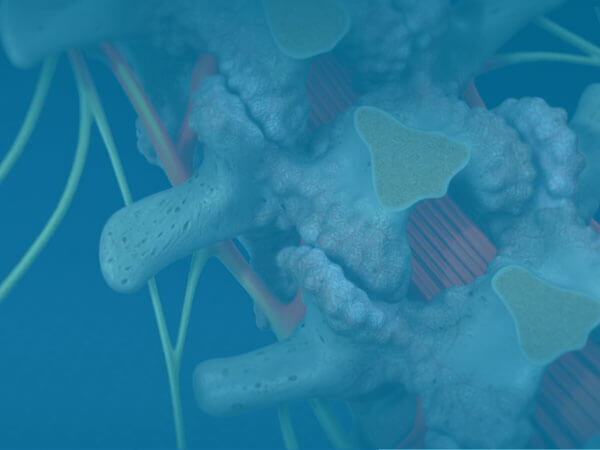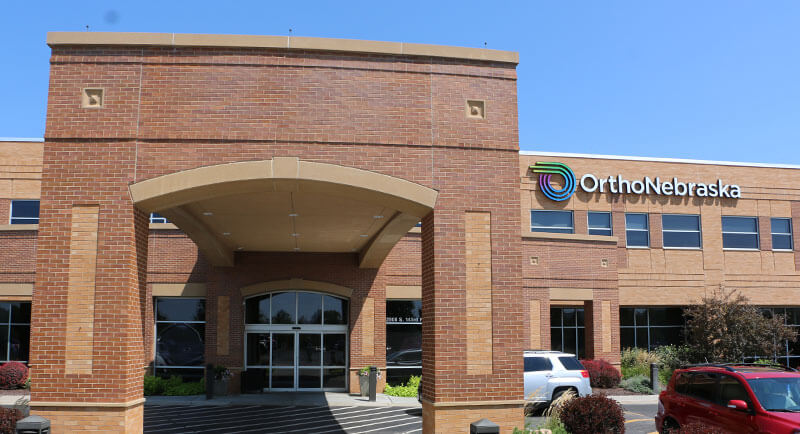What is Decompression Surgery?
Decompression surgery refers to a collection of techniques or procedures of which the goal is the same: to eliminate pressure on the nerves in the spine. The surgeon removes a portion of the bones (vertebrae) in the back or neck. This allows the nerves that were previously pinched or restricted to move freely.
Who should have Decompression Surgery?
This surgery relieves pressure on spinal nerves and can ease pain or weakness in the legs. It is usually better at relieving these types of radiating symptoms than it is at relieving actual back pain.
You and your doctor may consider this surgery if:
- Medicine, physical therapy or other treatments don’t relieve your symptoms
- Your muscle weakness results in standing, walking or bowel control problems
- It’s needed in conjunction with another procedure, like a microdiscectomy
Does Decompression Surgery work?
According to Cleveland Clinic research, surgery to relieve pressure on the nerve roots is successful in relieving pain in 80 to 90 percent of patients. The skill of the surgeon and support staff is important. However, surgery will not slow or prevent underlying degeneration of the vertebrae from the aging process or general wear and tear, so symptoms may return after surgery. Based on your imaging, lifestyle and other unique characteristics, your surgeon can let you know how they feel about your individual prognosis.
What can I expect when I have Decompression Surgery?
You will need a pre-surgical physical to make any necessary accommodations based on your health history. When you arrive at the hospital, you’ll speak to your surgeon and anesthesiologist. You will be under general anesthesia (fully asleep) for this procedure and facing down on the operating room table.
There will likely be lower back pain and you’ll want pain medicine to control it. You may need help getting out of bed and walking for a few days. You can return to most normal activities, including driving, when you are off the pain medicines, typically one to two weeks. Your stitches or staples will be removed at a follow-up appointment after about 7-10 days.
Strenuous activities involving lifting or other back muscles should wait 6-8 weeks, to include work with that type of requirements. Light walking and possible physical therapy can also help aid your recovery.







